Long head of biceps
The primary landmark of shoulder arthroscopy is the tendon of the long head of biceps (LHB). This originates from the supraglenoid tubercle of the scapula but, from the arthroscopist's view, it appears to coalesce with the glenoid labrum, and in particular to flow out from the posterior labrum (Figures 5.2, 5.3 and 5.4). The tendon then arcs its way across the top of the joint, at the same time passing anteriorly over the top of the humeral head (Figures 5.5, 5.6, 5.7 and 5.8). The tendon is round in cross-section as it leaves the labrum, flattens out as it crosses the head, and then becomes rounder as it passes out of the joint below the transverse humeral ligament and into the bicipital canal (Figures 5.9, 5.10, 5.11 and 5.12).
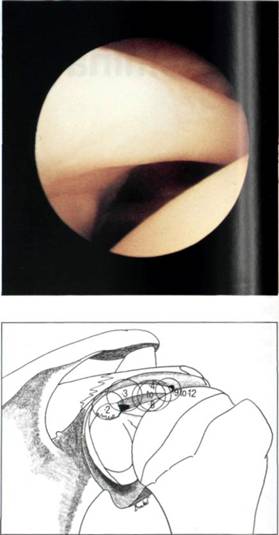
Figure 5.2 The long head of biceps tendon arises from the labrum.

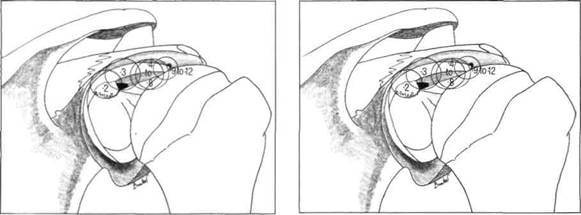


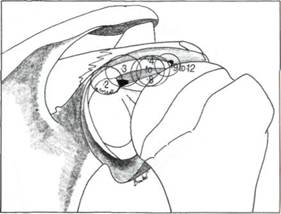

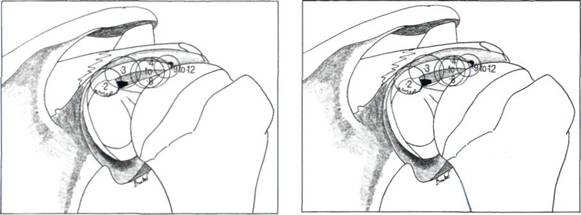
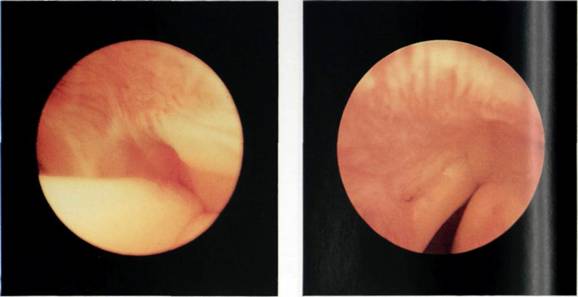

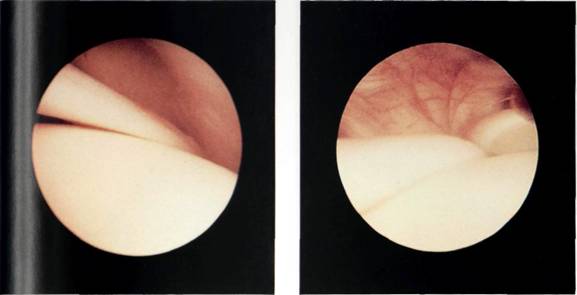
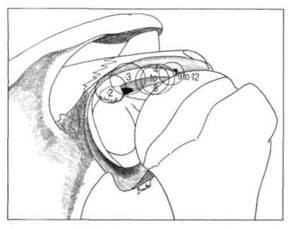
.jpg)
Figures 5.3 to 5.12 Long head of biceps.
Only one structure can be confused with the long head of biceps - the other intra-articular tendon, the upper border of the tendon of subscapularis. Such different structures could be confused if the arthroscope is inserted too far into the joint. It then comes to rest against the anterior capsular structures and the subscapularis tendon. The arthroscopist's first view will then be a close-up, magnified view of a glistening white tendon, which will be assumed to be the primary landmark, the long head of biceps. As the arthroscope is rotated or piston-ed, it soon becomes obvious that the tendon is the subscapularis and the arthroscope should be withdrawn until the biceps flicks into view.
Two variations of the tendon should not be confused for pathological abnormalities. Firstly, the tendon may have a translucent synovial mesentery coming down from the direction of the rotator cuff, which may be vestigial, looking like an adhesion (Figure 5.13), or complete, looking like a transparent sheet (Figure 5.14). Secondly, the tendon may have a cleavage line running down it, as though it were made of two bundles.

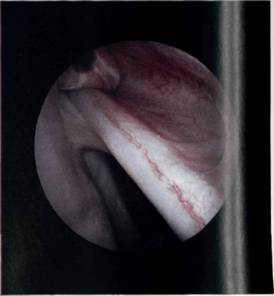
Figure 5.13 Occasionally there is a synovial adhesion to the long head of biceps tendon.
Figure 5.14 Rarely the synovium may infold the biceps tendon like a mesentery.


